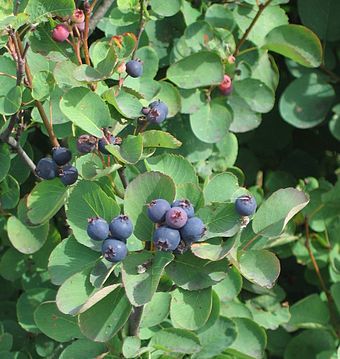Description
It’s a deciduous shrub or small tree, reaching 5–12 m in height, with dark brown branches and greenish twigs. The leaves are opposite, 4–10 cm long and 2–4 cm broad, oval to oblong, with a smooth edge. Small yellow flowers, about 5–10 mm in diameter, bloom in clusters of 10–25 in late winter (between February and March in the UK), well before the leaves appear. The fruit is a red, oblong drupe, 2 cm long and 1.5 cm in diameter, containing a single seed.
The ripe fruits look like red coffee berries and ripen in mid- to late summer. They are edible and popular in Iran, believed to have medicinal properties. They’re also used in Eastern Europe, the UK, and British Columbia, Canada, but the unripe fruit is bitter. When ripe, the fruit is dark ruby red or bright yellow, with an acidic flavor like a mix of cranberry and sour cherry. Mainly used for making jam, it’s also used in Azerbaijan for pickles, added to rice, or used in beverages. In Armenia, Cornus berries are used to make vodka, and in Bulgaria, they’re used to make Kompot.
In traditional Chinese medicine, the fruit, known as shānzhūyú, 山茱萸, is used to retain the jing. The plant is grown ornamentally for its early yellow flowers, blooming before Forsythia. While the flowers are smaller, the whole plant creates a similar landscape effect. The wood, extremely dense and sinking in water, is valuable for crafting tool handles and machine parts.
The leaves and fruit are used in traditional medicine in Central and Southwest Asia.


